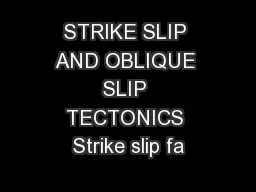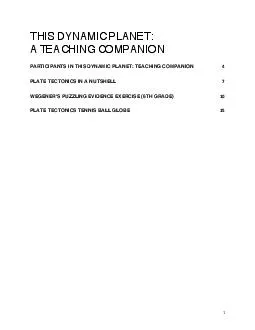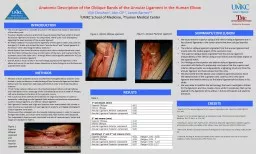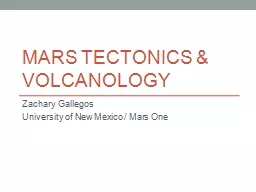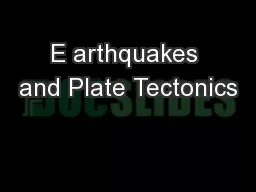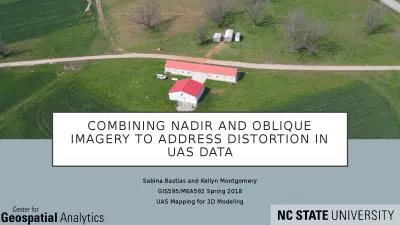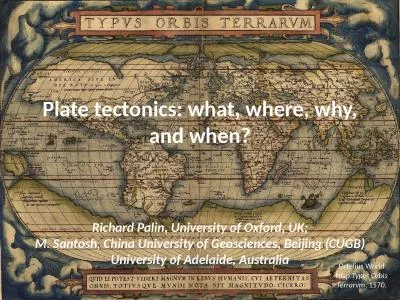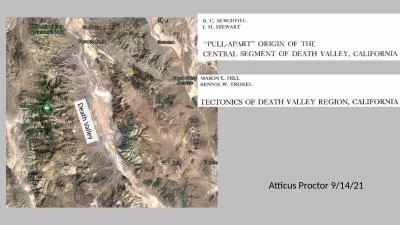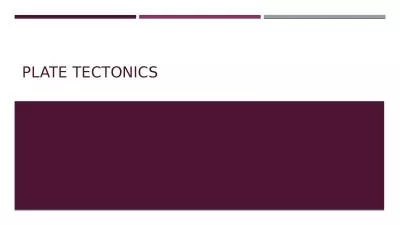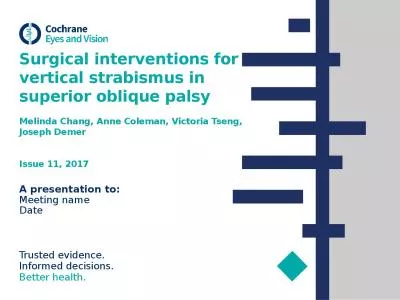PDF-STRIKE SLIP AND OBLIQUE SLIP TECTONICS Strike slip fa
Author : mitsue-stanley | Published Date : 2015-05-29
Strike slip systems are relatively narrow and subvertical wrench zones along which two adjacent blocks move sideways horizontally parallel to the strike of the fault
Presentation Embed Code
Download Presentation
Download Presentation The PPT/PDF document "STRIKE SLIP AND OBLIQUE SLIP TECTONICS S..." is the property of its rightful owner. Permission is granted to download and print the materials on this website for personal, non-commercial use only, and to display it on your personal computer provided you do not modify the materials and that you retain all copyright notices contained in the materials. By downloading content from our website, you accept the terms of this agreement.
STRIKE SLIP AND OBLIQUE SLIP TECTONICS Strike slip fa: Transcript
Download Rules Of Document
"STRIKE SLIP AND OBLIQUE SLIP TECTONICS Strike slip fa"The content belongs to its owner. You may download and print it for personal use, without modification, and keep all copyright notices. By downloading, you agree to these terms.
Related Documents

